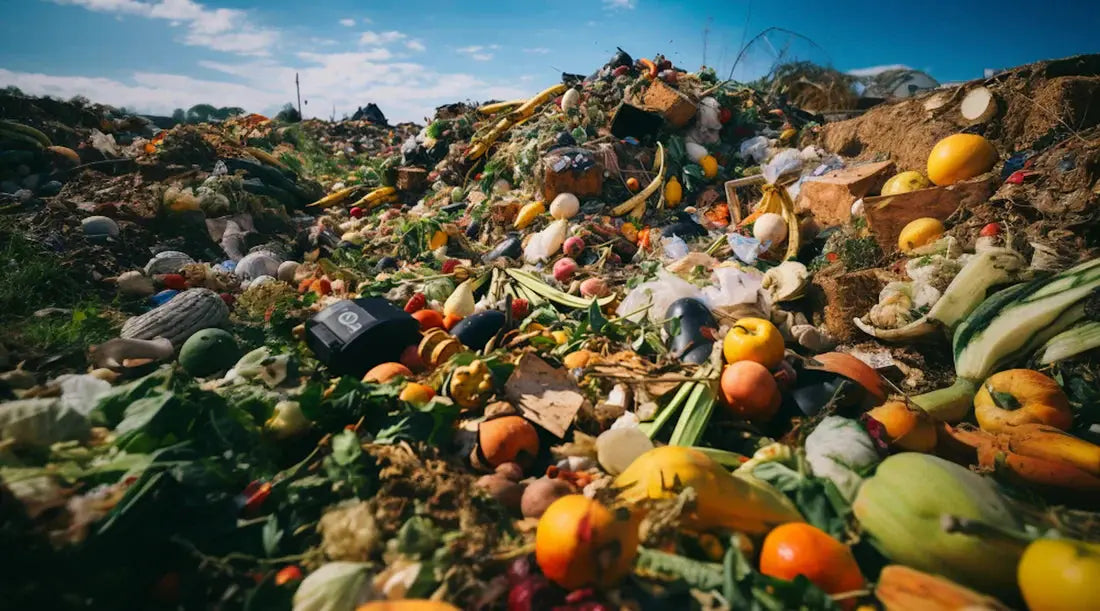
Freeze-Dried Foods = Reduce Food Waste
Share
Food waste is a global issue that affects not only our environment but also the economy and food security. According to the United Nations FAO, around one-third of all food produced globally is wasted, and fruits and vegetables are among the top food groups discarded. This waste is due to the perishability of fresh produce, which often goes uneaten before it spoils.
Freeze-dried foods are not only a solution to the growing problem of food waste, but they also provide an efficient way to preserve food for long periods without sacrificing nutrients, taste, or texture. This blog will explore how freeze-dried foods can help reduce food waste and contribute to a more sustainable food system.
Food Waste: A Global Crisis
Food waste has wide-ranging effects on the environment. It contributes to greenhouse gas emissions, particularly methane, which is released when organic food waste decomposes in landfills. According to the Environmental Protection Agency, food waste is the single largest component of landfills in the United States.
Fruits and vegetables, in particular, have short shelf lives, and much of the food we buy goes uneaten because it spoils too quickly. A study published in the journal Nature Sustainability found that up to 40% of all food produced globally is never consumed.
How Freeze-Drying Reduces Food Waste
Freeze-drying offers a sustainable solution to food waste. By removing moisture from food, freeze-dried products can be stored for extended periods—sometimes years—without spoiling. This process significantly reduces the need for refrigeration and transportation, which is crucial for perishable goods.
For instance, freeze-dried fruits like strawberries and mangoes can be stored in pantry shelves for months or even years, retaining their nutritional value, color, and taste. As the Journal of Food Science explains, freeze-drying is one of the most effective ways to preserve the original quality of food while extending its shelf life.
Environmental Impact of Reduced Food Waste
Reducing food waste has a major environmental impact. The Environmental Protection Agency highlights that by reducing food waste, we can lower methane emissions, save energy, and conserve the water used in food production. For example, it takes about 1,800 gallons of water to produce just one pound of beef, a product that is often wasted. By switching to freeze-dried foods, we can reduce the waste of valuable resources.
The Role of Freeze-Dried Foods in Reducing Household Waste
In households, freeze-dried foods offer a solution to food spoilage. They allow consumers to stock up on fruits and meals without worrying about them spoiling in the fridge. For families, this means fewer trips to the store and less food waste at home.
By choosing freeze-dried fruits, people can enjoy the nutrition of fresh produce without the risk of spoilage, which is crucial for reducing waste and making the most of every meal.
Freeze-dried foods are an essential part of the solution to food waste. They help consumers preserve food for longer, reduce spoilage, and contribute to a more sustainable and eco-friendly food system. By opting for freeze-dried options, you are not just helping your health but also the planet.
